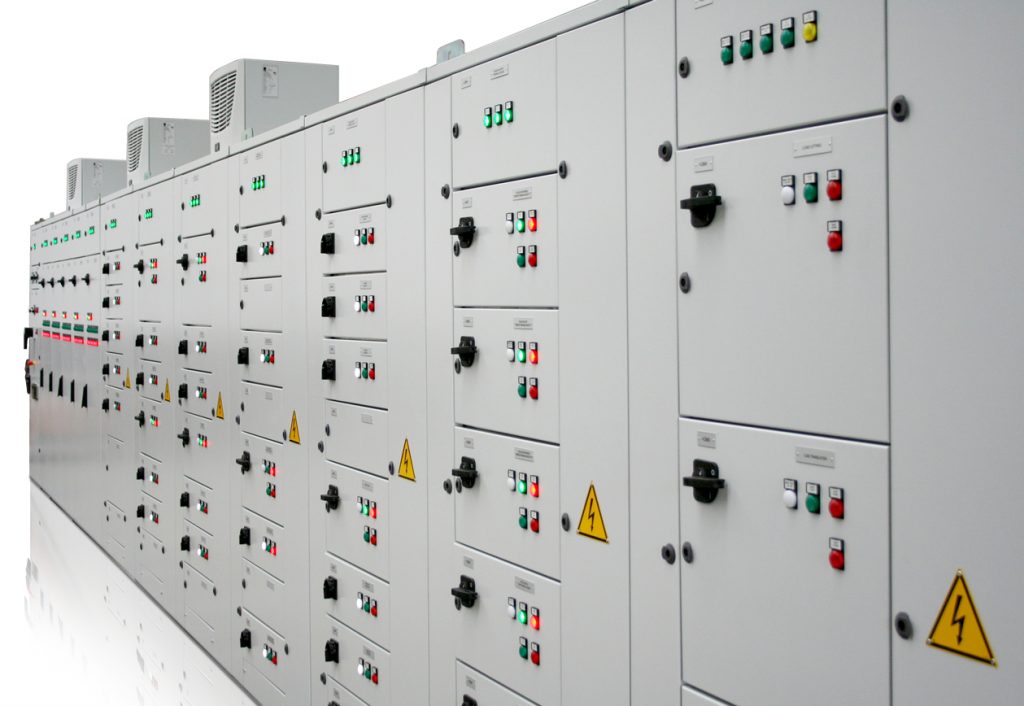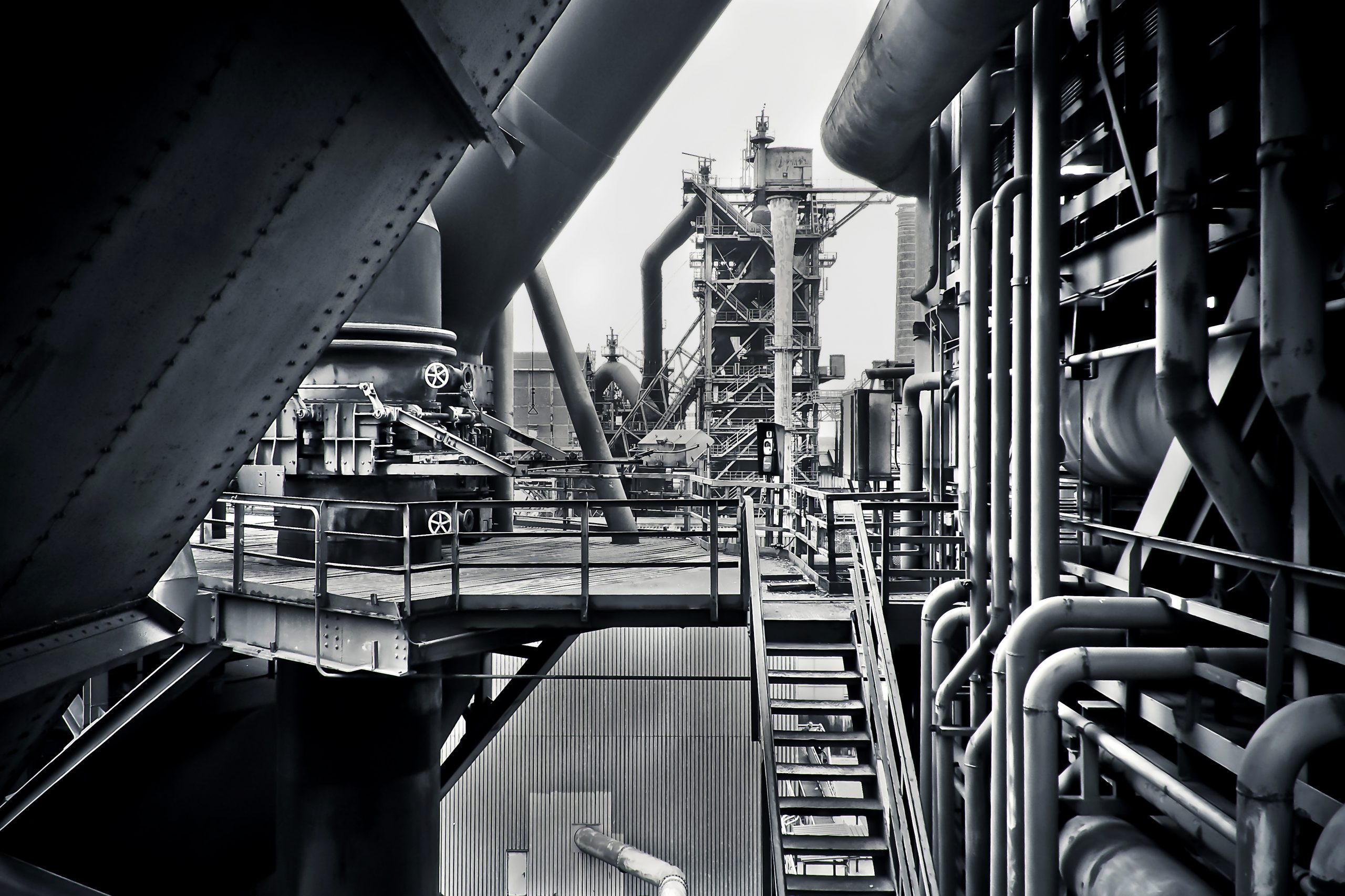About Arelsa
- About Us
- Our Vision
- Our Mision
- Our Values
Arelsa Engineering was established to meet the needs of its customers for Product Supply, Engineering, Design and Project Planning, Assembly, Commissioning, Maintenance and Consultancy in Industry, Energy, Service and Infrastructure projects with optimum efficiency and cost.
With the reliability and continuity of the systems we have established, our place in the sector is increasing day by day and attracting attention.
Getting its strength from its experienced engineer and technician staff, Arelsa Engineering aims at the highest level of customer satisfaction.
Arelsa Engineering, which can produce application-specific alternative solutions in different sectors, is rapidly making its name known in the country and abroad.
To be known worldwide in the Energy Efficiency, Industrial Control and SCADA Systems sectors in which it operates.
In this context, our main goal is to rise to the steps we will take without compromising our values.
Adhering to the ongoing values of the company, focusing well on its fields of activity, producing the highest quality products and services in these fields, and becoming the leader and the first institution that comes to mind; while doing this, to create value for all its stakeholders, from customers to suppliers, from employees to shareholders and society.
As Arelsa, we owe our success to our values.
• Get shoulder to shoulder with your team.
• Treat your work as your own.
• Be useful to your country.
• Talk less, work more.
• Be honest, don't forget your promise.
• Do not forget that you will pass the challenge only with your team.
• Do not succumb to greed.
• Listen to the power of science and technology.
• Protect the nature.
Maintaining the satisfaction of its employees and customers is the assurance of a company not only in the short term, but also in the future. Achieving this determination is only possible with a conscious quality policy.
What We Do?
Electrical Cabinet Systems
Power Supply Cabinets
Distribution Cabinets
DC Distribution Cabinets
Automatic Transfer Cabinets
Freestanding Cabinets
Wall Mounted Cabinets
Power Transformers
Medium Voltage Cabinets
Power Correction Cabinets
Motor Control Cabinets
Frequency Drive Cabinets
Softstarter Cabinets
Automation (PLC, RTU, DCS) Cabinets
DDC Cabinets
DCS-PLC-RTU
We use smart relays in small systems where only control is required, without SCADA-HMI and its functions. In this way, we gain price-performance optimization, stability, easy intervention and space in the panels.
We mostly use RTU (Remote Terminal Unit) Systems in environments where harsh environmental conditions prevail. With developing technology, RTUs can now be integrated into SCADA-HMI systems and other RTU-PLC-DCS systems, like PLCs.
In terms of capacity and performance, we use many brands and models of PLC-PAC systems, from single stations to multiple stations.
DCS (Distributed Control System), as the name suggests, means Distributed Control Systems. With the development of technology, RTUs and PLCs can now be designed with DCS architecture. DCS products are now built more on redundancy (CPU, PS, COM, IO, HMI).
Whether DCS, PLC or RTU systems, we use Remote IO systems to collect signals in dispersed areas in the facility and move them to the CPU. In this way, we prevent confusion and provide easy and fast installation and maintenance.
Especially in our machine automation projects, movement must occur with precise accuracy and timing. According to this need, we design and program motion PLCs with excellent performance through servos, stepper motors, encoders and other necessary sensors.
SCADA Systems
The primary purpose of SCADA systems is to provide facility status to the user in a reasonable time and with accuracy. The user must easily and quickly determine whether everything is going well and take the necessary action. Not being aware or not being able to do so can lead to loss of time, money and even life.
It is important to remain constantly connected to the various make-model PACs (RTU-PLC-DCS-RIO) located in the facility. It is essential that the physical and software infrastructure data used during data collection are kept accurate and up-to-date without delay. Therefore, the correct physical infrastructure and communication protocol must be selected.
The data monitored and controlled at the facility is instantaneous, while historical data is essential for vital statistics on how things are progressing. It is necessary to record the relevant information at appropriate periods for historical production, consumption, malfunction maintenance and performance evaluation.
With the instantaneous and historical breakdown of the data, the user decides what to do. Since incorrect control may cause material damage, safe and correct control selections are left to the user. When it comes to life safety, the only option is STOP!
The data collected from the facility and the user's operating controls are recorded over time, and these records must be presented to the user in an easy, fast and analyzable manner. In this way, the user can easily compare past operations.
Our aim is always to establish stable and sustainable systems, but no matter how high quality products are used, internal and external malfunctions may occur. Therefore, hardware and software must be designed with hot redundancy to ensure continuity of SCADA functions in case of any failure.
In relatively smaller applications than SCADA systems or as an additional option to the SCADA System, HMI (Human Machine Interface) touch screens can also monitor, control and record. We can use products of many brands in different sizes, performances and capacities according to the requirements of the application.
Industrial Intstruments
Engineering
Sectors
Clean Water Treatment Plant
Waste Water Treatment Plant
Pump Stations
Hydro-Electric Power Plants
Thermal Power Plants
Wind Power Farms
Solar Power Plants
Oil Fields
Gas Fields
Offshore Gas Platforms
Oil and Gas Pipelines
Oil Refineries
Petrochemical Plants
Mines Quarries
Cement Factories
Gypsum Factories
Iron and Steel Factories
HVAC Systems
Clean Room Systems
Public Buildings
Public Buildings
Machine Automations
How We Do?
We try to put forward the optimum product and service by evaluating the price, performance, necessity, quality and sustainability criteria by empathizing with the wishes and needs of our customers.
In line with the demands of our customers, the relevant projects, specifications and standards are analyzed and a scope study is carried out. The nonconformities encountered after the analysis are consulted with the customer within the scope.
We reveal the advantages and disadvantages by creating alternative solutions within the limits of the scope. In this way, our customer compares and confirms the optimum solution.
After the approved scope, the products and services to be manufactured and produced are designed and customer approval is awaited. Our subsequent office work continues until the end of the project.
After the preliminary project approval, our production process starts quickly with the product supplies. After manufacturing, we invite our customers to the FAT (Factory Acceptance Tests) event for performance, quality and conformity. Deficiencies and revisions, if any, detected with FAT are completed, and the products are shipped completely and ready to work.
Layout, cable and termination workmanship of the products transferred to the field are carried out meticulously according to their projects.
After the field assembly, our testing and commissioning process begins gradually.
- Cold Tests
- Energizing
- Warm Tests
- Manual Tests
- Automatic Tests
- Function Tests
Upon completion of the commissioning process, SAT (Field Acceptance Tests) is performed with our customer. Deficiencies, revisions and requests, if any, are completed after the SAT. From the proposal stage of the project to the SAT stage, every detail is documented. The documents created during the project process are also a source for the user manual we have created for each project.
We try to put forward the optimum product and service by evaluating the price, performance, necessity, quality and sustainability criteria by empathizing with the wishes and needs of our customers.
In line with the demands of our customers, the relevant projects, specifications and standards are analyzed and a scope study is carried out. The nonconformities encountered after the analysis are consulted with the customer within the scope.
We reveal the advantages and disadvantages by creating alternative solutions within the limits of the scope. In this way, our customer compares and confirms the optimum solution.
After the approved scope, the products and services to be manufactured and produced are designed and customer approval is awaited. Our subsequent office work continues until the end of the project.
After the preliminary project approval, our production process starts quickly with the product supplies. After manufacturing, we invite our customers to the FAT (Factory Acceptance Tests) event for performance, quality and conformity. Deficiencies and revisions, if any, detected with FAT are completed, and the products are shipped completely and ready to work.
Layout, cable and termination workmanship of the products transferred to the field are carried out meticulously according to their projects.
After the field assembly, our testing and commissioning process begins gradually.
- Cold Tests
- Energizing
- Warm Tests
- Manual Tests
- Automatic Tests
- Function Tests
Upon completion of the commissioning process, SAT (Field Acceptance Tests) is performed with our customer. Deficiencies, revisions and requests, if any, are completed after the SAT. From the proposal stage of the project to the SAT stage, every detail is documented. The documents created during the project process are also a source for the user manual we have created for each project.
MCC
Motor Control Cabinets
MCC Cabinet Projecting, Production and Commisioning


MDP
Low Voltage Cabinets
Low Voltage Cabinet Projecting, Production and Commisioning
PLC-DCS-RTU
PLC-DCS-RTU Cabinets
PLC-DCS-RTU Cabinet Projecting, Production and Commisioning


SCADA
SCADA Systems
SCADA Systems Development, Design and Commisioning
Our Brands














